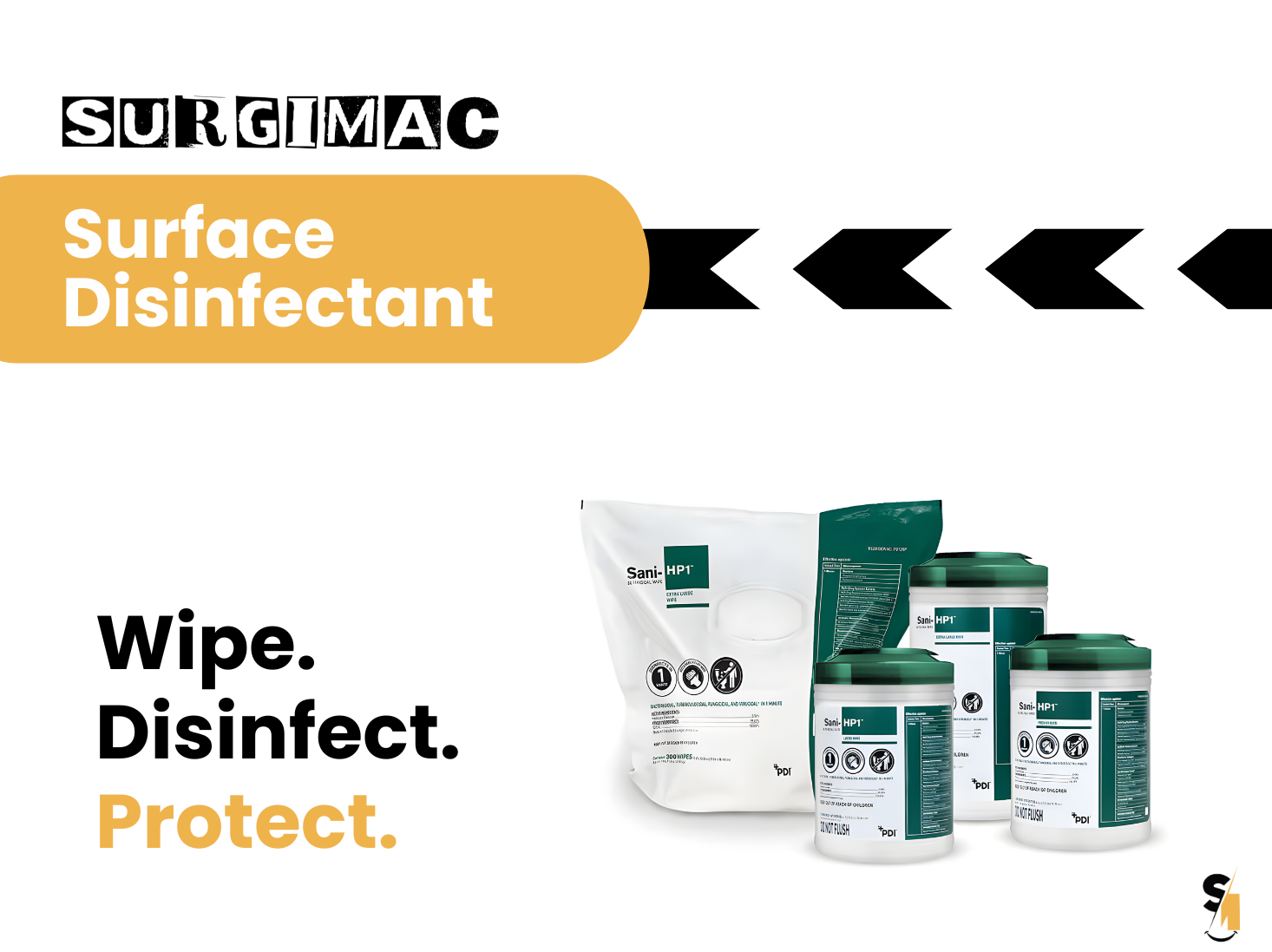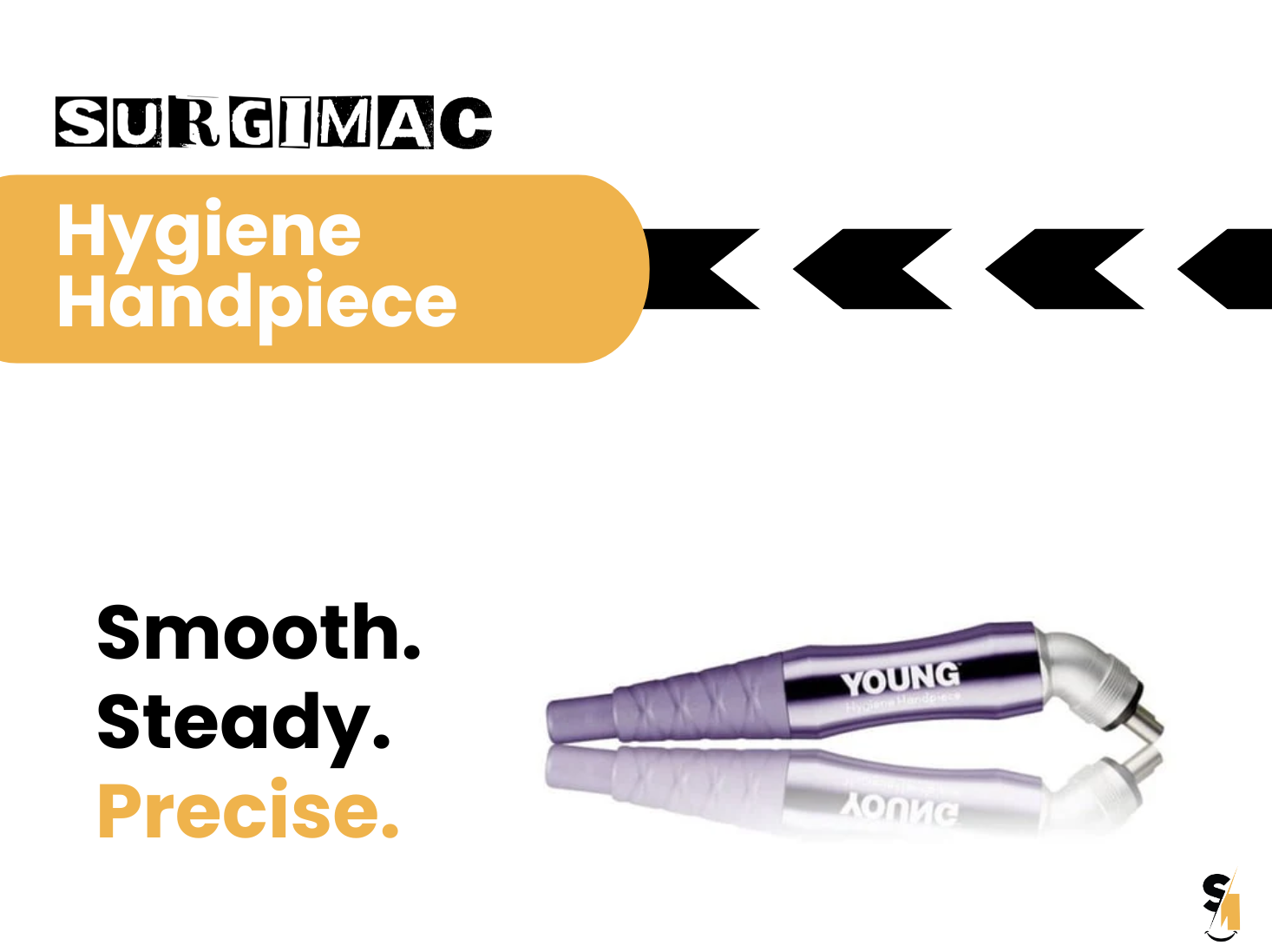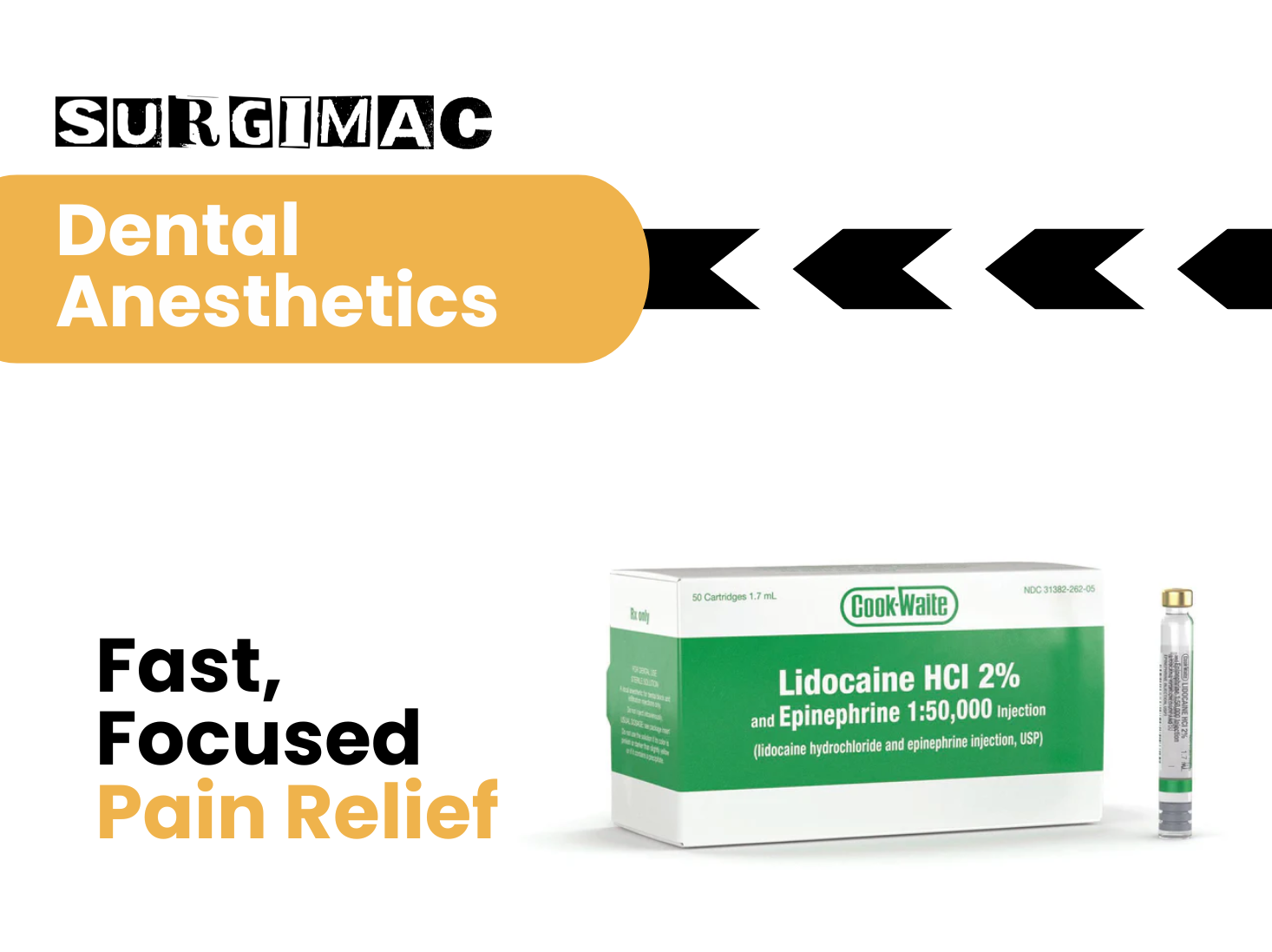The Rising Challenge of Healthcare Costs
Money talks, and right now, it’s telling us that healthcare is getting costly. Dental clinics and hospitals are in the same boat, navigating a turbulent sea of inflationary impacts and new pharmacy pipelines. But who’s getting hit harder? Let’s dissect healthcare spending in the realms of dental supplies and medical supplies.
Inflation: The Invisible Hand
It's no secret: inflation affects everything, from the gas in your car to the tools in an OR. The inflationary impacts are shaking up healthcare spending for dental and medical fields alike.
Inflationary Impacts on Dental and Medical Providers
A Tale of Two Sectors
In the dental world, instruments, chairs, and even dental composites are seeing a price hike. But how does this compare to the medical world where everything from MRI machines to surgical gloves are also inflating?
Dental Supply Cost Trends
Dental practices are increasingly feeling the pinch. A basic set of dental handpieces can cost anywhere between $500 to $2,500. And let’s not forget specialized equipment like dental lasers that can set you back tens of thousands.
Medical Supply Cost Trends
In the medical realm, we're talking about a broad range of equipment. A stethoscope might only be a $200 investment, but an MRI machine? That's in the ballpark of millions.
Real-life Impact
Remember that dental practice in Maine that had to defer the purchase of a new laser system? They had to raise patient charges just to maintain their existing equipment. Similarly, a hospital in Arizona was seen lobbying hard for a 5% rate increase from insurance providers, citing soaring equipment costs.
The Pharmacy Conundrum: Drugs and Consumables
Dental Drugs Aren’t Cheap
From anesthesia to antibiotics, dental drugs are soaring in price. Just five years ago, lidocaine cartridges were 20% cheaper. Now, dental practices have to allocate a greater chunk of their budget to keep their pharmacy stocked.
But Medical Drugs Are Pricey Too
If dental supplies are feeling the heat, medical supplies are in a veritable furnace. With the emergence of new pharmacy pipelines and specialized drugs, costs are spiraling. Take for instance the surge in antiviral medications and their impact on hospital budgets.
Real-world Pharmacy Predicaments
Consider a health plan in Washington that had to renegotiate contracts because of new cancer drug protocols, significantly bumping up healthcare spending.
The Potential Relief of Biosimilars
Dental Sector Slow to Adopt
Biosimilars in dentistry? Still a nascent market. We’re far from seeing a biosimilar for every costly dental drug, but there's hope.
Medical Sector Already in the Game
In contrast, the medical field has been quick to embrace biosimilars, especially with the advent of adalimumab biosimilars. These are proving to be cost deflators, as seen in many SurgiMac’s medical supplies.
Shift in Sites of Care
Dental: The Clinic is Still King
When it comes to dental care, the traditional clinic still reigns supreme. Tele-dentistry is growing but hasn’t led to any significant shifts in care sites or cost savings.
Medical: The Pandemic's Silver Lining
Here’s where medicine takes the cake. With the COVID-19 pandemic, we saw an acceleration in telehealth and home care, which are significant cost deflators.
Healthcare Industry Challenges: Inflators and Deflators
Dental Challenges
- Specialized Equipment: High upfront costs and less frequent turnover.
- Consumables: Frequent need for replenishment, adding to operational costs.
- Regulations: Compliance can be costly.
Medical Challenges
- Technology: High initial investment and rapid obsolescence.
- Drugs: Costly and ever-changing, requiring constant updates.
- Staffing: Specialized roles command higher salaries.
| Criteria |
Dental Supplies |
Medical Supplies |
| Inflation Rate |
4.5% |
6% |
| Drug Costs |
Moderate |
High |
| Equipment Costs |
High |
Extremely High
|
The Hidden Costs of Specialization in Dental and Medical Fields
Dental Specialization Costs
Dental technology is becoming increasingly sophisticated. Now, dental clinics not only require a standard set of instruments but also specialized tools for procedures like root canals, implants, and cosmetic dentistry. The adoption of CAD/CAM technology for prosthetics and restorative treatments also adds a hefty price tag.
-
Typical Equipment Costs in a Specialized Dental Clinic
- Intraoral Cameras: $3,000 - $8,000
- Dental Lasers: $20,000 - $50,000
- CAD/CAM Systems: $30,000 - $100,000
These specialized tools require ongoing maintenance and frequent software updates, making the long-term investment even steeper.
Medical Specialization Costs
In contrast, medical supplies can range from the basic—like gauze and gloves—to the extremely specialized, such as robotic surgical systems. This breadth of needs creates a more complex, and often costlier, landscape.
-
Typical Equipment Costs in a Specialized Medical Facility
- MRI Machine: $1 Million - $3 Million
- Robotic Surgery System: Up to $2 Million
- Hospital Beds with Advanced Features: $10,000 - $25,000
Real-life Ramifications
Take Cedar Dental Clinic, for example. They just invested in new 3D imaging equipment costing $75,000. On the flip side, Grandview Hospital in Texas recently introduced robotic-assisted surgeries, necessitating an investment of $1.5 Million.
Comparison Table
| Specialty Equipment |
Dental Supplies ($USD) |
Medical Supplies ($USD) |
| Advanced Imaging Systems |
$40,000 - $100,000 |
$500,000 - $3,000,000 |
| Specialized Surgical Tools |
$2,000 - $10,000 |
$10,000 - $50,000 |
| Software & Updates |
$1,000 - $5,000/year |
$10,000 - $50,000/year |
The Role of Human Capital in Cost Trends
The Dental Workforce
Hiring specialized dental professionals like orthodontists, periodontists, and oral surgeons costs more than general dentists. The narrow focus and additional training translate into higher salaries and, consequently, higher operational costs for dental clinics.
The Medical Workforce
The medical workforce is even more diverse, including not just specialized surgeons and physicians but also anesthetists, radiologists, and other high-salary roles. Hospitals must also account for a wider range of supporting staff, from nurses to technicians, each requiring specialized training.
Workforce Challenges
A critical issue both sectors face is the clinical workforce shortages, which compounds the inflationary pressure. When demand surpasses supply, salaries rise, adding another layer to the already complex financial burden.
The Bottom Line: Strategic Cost Management is Crucial
Dental and medical facilities are both wrestling with a multitude of cost inflators: specialized equipment, pharmaceutical needs, and highly trained personnel. Yet the scales often tip heavier for medical setups due to the sheer breadth of services and technological advancements they must offer.
Strategic Moves to Counter Costs
-
Dental Clinics:
- Collaborative equipment purchasing to secure discounts
- Adopting versatile tools that serve multiple needs
- Shifting towards preventive care models to reduce long-term treatment costs
-
Medical Facilities:
- Outsourcing non-critical services
- Incorporating value-based care strategies
- Leaning into telemedicine and other remote care services to cut down on infrastructure costs
An Evolving Landscape
Whether you're looking at dental supplies or medical supplies, the landscape is evolving. The rise of new pharmacy pipelines and biosimilars are game changers. They present both healthcare industry challenges and opportunities to manage healthcare spending better.
Real-Life Best Practices
Hart Dental, for instance, reduced costs by 15% through collaborative purchasing and integrating smart technology. Concurrently, EverCare Hospital managed to reduce its yearly spending by $2 Million through strategic shifts in care sites and aggressive negotiations with suppliers.
Author's Opinion
Navigating the labyrinth of healthcare costs is no small feat. Both dental and medical sectors have their unique challenges, but the edge in terms of financial burden seems to lean towards the medical industry. The need for transformation is clear: whether it's adopting newer, cost-effective technologies or shifting the way care is provided, the healthcare industry can't afford to stand still.
Sources
- Industry reports from the American Dental Association and American Medical Association
- "Medical Cost Trends for 2024" by PricewaterhouseCoopers
- Expert opinions from financial analysts specializing in healthcare
In conclusion, the tug-of-war between quality care and financial sustainability is ongoing. The undercurrents of inflation, pharmaceutical advancements, and workforce shortages make it imperative for both dental and medical facilities to adopt strategic cost management measures. After all, it's not just about staying afloat; it's about sailing smartly into the future.







